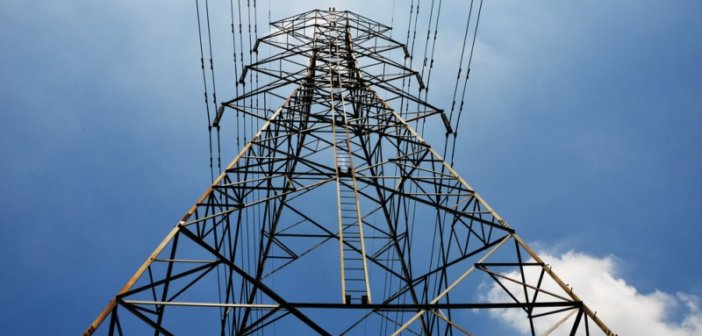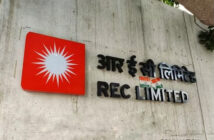There is adequate availability of power in the country. We have addressed the critical issue of power deficiency by adding 214237 MW of generation capacity in the last ten years transforming our country from power deficit to power sufficient. We have increased the generation capacity by 79.5% from 248554 MW in March 2014 to 446190 MW in June 2024.
We have added 195181ckt kilometre of transmission lines since April 2014 connecting the whole country into one grid running on one frequency. This has enabled us to transfer 118740 MW from one corner of the country to another. We strengthened the distribution system by implementing projects of 1.85 lac crores under DDUGJY/IPDS/SAUBHAGYA. Under the above distribution sector schemes, 2927 new sub-stations have been added, upgradation of 3965 existing sub-stations has been carried out, 6,92,200 Distribution Transformers have been installed, Feeder separation of 1,13,938 Circuit Kilometer (Km) has been done and 8.5 Lakh Circuit Kilometer (CKm) of HT and LT lines have been added/upgraded across the States. As a result of these measures, the availability of power supply in rural areas has increased from 12.5 Hours in 2015 to 21.9 Hours in 2024. The power supply in urban areas has increased to 23.4 Hours in 2024. The gap between Energy Requirement and Energy Supplied has come down from 4.2% in 2013-14 to 0.1% in FY 2024-25 (till June, 2024). Even this gap between Energy Requirement and Energy Supplied is generally on account of constraints in the State transmission/distribution network and financial constraints of DISCOMs etc.
The details of power supply position in the country in terms of Energy for the last ten years and the current year till June-2024 is given at Annexure-I.
Government of India electrified all the un-electrified villages and strengthened the sub-transmission and distribution network in rural areas under the Deen Dayal Upadhyaya Gram Jyoti Yojana (DDUGJY). Under the scheme, total 18,374 villages were electrified. Further, all willing unelectrified households were electrified under the SAUBHAGYA Scheme. A total of 2.86 crore households have been electrified under the SAUBHAGYA Scheme. Both the scheme stand closed as on March 2022.
Further, Government of India is supporting States under the ongoing Scheme of Revamped Distribution Sector Scheme (RDSS) for electrification of left-out households. In addition, all identified PVTG (Particularly Vulnerable Tribal Groups) Households under PM-JANMAN for on-grid electricity connection are also being sanctioned for funding under RDSS as per the scheme guidelines.
Under RDSS, the electrification of 6.84 lakh unelectrified Households have been sanctioned. Further, under PM-JANMAN, On-grid electrification of a total of 1.24 lakh Households in 10,710 Habitations have also been sanctioned.
The details of power supply position in the State of Gujarat in terms of Energy for the last two years and the current year till June, 2024 is given at Annexure-II. The Energy Supplied in the State of Gujarat has been commensurate to the Energy Requirement with only a marginal gap of 44 MU and 28 MU during the years 2022-23 and 2023-24 respectively. The power supply in rural areas of Gujarat has improved from 23.12 hours in 2019-20 to 23.75 hours in 2023-24. At present, the power supply in urban areas of Gujarat is 23.95 hours.
Under RDSS (Revamped Distribution Sector Scheme), infrastructure works amounting to Rs. 6,089 crore has been sanctioned which majorly includes new HT & LT lines, re-conductoring of old/ damaged lines, feeder bifurcation of overloaded feeders, feeder segregation, new/ augmentation of DTs, creation of Resilient Distribution Infrastructure etc.
Further, Electricity being a concurrent subject, supply and distribution of electricity to the consumers in a State/UT is within the purview of the respective State Government/Power Utility. Adequate quantum of power is available in the country. Making arrangement of appropriate quantum of power from various sources to meet the demand of various type of electricity consumers in any State/UT is in the purview of the concerned State Government/Power Utilities. The Central Government only supplements the efforts of the State Governments by establishing power plants in Central Sector through Central Public Sector Undertakings (CPSUs) and allocating power from them to the various States/ UTs including the State of Gujarat.





